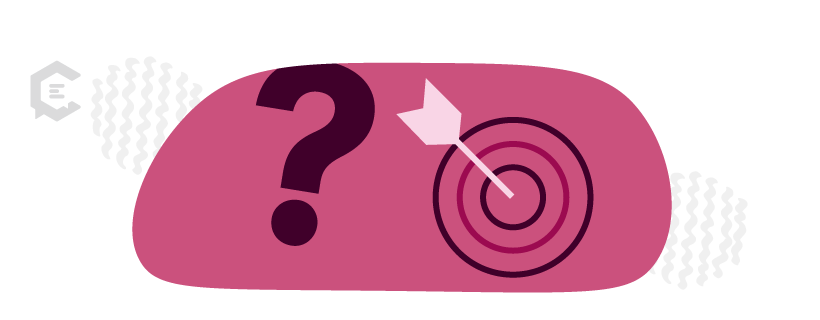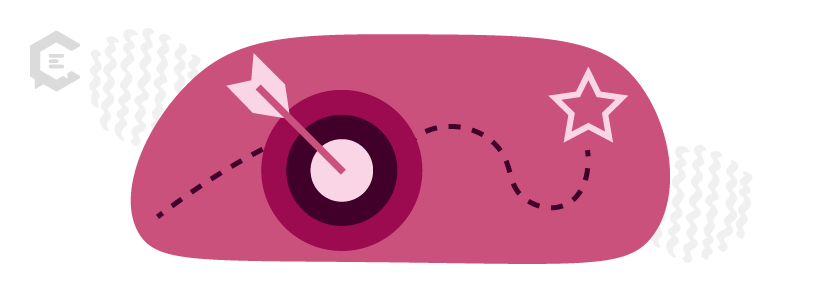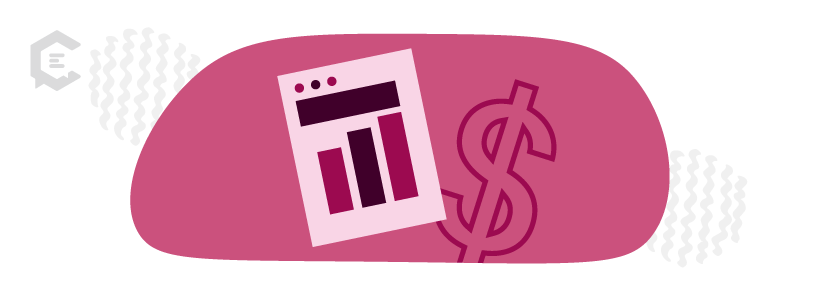Is it possible to sell your products or services without blatant tactics? Yes, through content marketing. Content marketing sells your products or services indirectly by establishing trust, authority, and confidence.
Ask any business what their goals are for the coming year, and most will have a goal to sell more stuff. Business growth is often measured by sales, and so much of what a business does each year is aimed at getting those numbers up. You’ll likely see a good portion of a company’s operating budget aimed at sales and marketing, with priority given to those departments in difficult times or periods of slower growth.
One marketing strategy that’s newer than tactics like direct mailers is content marketing. While it’s not the most “in your face” way to sell something, it has proven to be incredibly effective.
Here’s how content marketing does what no other marketing type can do and how you can incorporate it into your overall business strategy.

What is content marketing?
Instead of using an explicit method of messaging that directly asks an audience to buy from you, content marketing uses an implicit method through various media forms to build trust and eventually get the audience to buy. Content marketing is less transactional than ads, which assume they may only be in front of the viewer one time and must close the deal to be effective.
Instead, content marketing sells your products or services over time, using a long sales funnel to meet buyer needs at various points in their journey to stay relevant and top of mind.
Examples of how content marketing sells more products
Content marketing involves covert selling. Here are some examples of how it can be done online:
- Using a YouTube video series to educate people on why a product may be needed.
- Creating blog posts of customers who have used the product and the outcomes they have realized.
- Making infographics about the history of a product, the market trends around it, or how it’s evolved over time.
- Producing an ebook on the best ways to use a product to solve a problem or make life easier/better.
In each of these examples, the business is offering something first, free of charge, with the sole purpose of adding value to the audience member’s life.
How content marketing fits into the overall customer journey
While a call-to-action (CTA) may be included at the end of the content, each piece of content should be tailored to the place in the customer journey where the audience is at.
Here are some examples that could be used for a siding company:
1. Awareness stage
Someone Googling ideas for home siding will see your article on home siding trends, décor ideas, or the benefits of siding. This lets them know that you are an authority on siding, and if they come across your name again, they will remember that they heard of you. This is how content marketing sells in the awareness stage: by building trust.
2. Consideration stage
At this point, your audience may be leaning toward getting siding, but it may still be a far-off decision. They need additional information to know that siding is a good option compared to other ideas and that they can have a good experience from it. Your content could include an ebook on the best types of siding and how they differ or a series of YouTube videos on how siding is installed and cared for. If done effectively, when the audience member is ready to decide on a siding product, they will recall your name and what you offer.
3. Decision stage
Content marketing sells your product or services in the decision stage by validating the purchase. Content pieces created for this part of the journey must acknowledge that the audience member is ready to buy. It’s not a question of “if” they will buy siding, but “who” they will buy siding from. Will it be you? If your content is consultative, personalized, and created to ease all doubts about your brand and what you offer, the odds are very good. This is the only content stage that may ask for a hard sale, leading the audience member to a call from a sales rep or even asking them to order with a special discount today.
Content in this stage can be anything from an Instagram Ad to a free webinar. In fact, the more places you can interact with your target market, the better. Since they will already be very familiar with you, it’s also important to show how you are better than the competition.
How to create content that sells
This may all seem reasonable and even a little exciting, but most marketers really just want to know how to take this content strategy and sell more stuff. Admittedly, just making content won’t guarantee sales. You have to approach it with an understanding of your market, what they need, and how your content will fill that gap to hopefully position you as the authority and your product as the solution to their needs.
The basic stages of content marketing include:
1. Set a goal
This is where you define what you want from the content marketing campaign. Typically, this includes getting more sales, but it could be to break into a new demographic market or launch a new product in a way that wows your audience.
2. Form a plan for content
From deciding the content to figuring out who will make it, avoid trying to do everything at once. While you will need several types of content for a fully-realized marketing campaign, you shouldn’t try to do more than you can handle. A piece of content for each place in the customer journey is a great start. It’s more important to have content during awareness, consideration, and decision than three types of content for awareness. You need to meet people at each stage.
3. Create with SEO in mind
Not every piece of content will be assessed by Google, but using SEO as much as possible has benefits. First, you never know what content will be picked up by websites or blogs that do use SEO (even printed brochures can be shared online.) Second, it makes it easier to repurpose content if it’s optimized. Turning a Facebook post into a blog post into a video transcript is common and ideal for busy marketing teams with a limited budget. Use a great SEO strategy from the start and cut some of the work later.
4. Measure and rework
As soon as your content is launched, you need to start tracking things like clicks, bounce rate, and where your audience spends time on the page. There’s no shortage of tools to do this, but more important than the data is what you do with it. Metrics can tell you if your content is working, at least until the decision stage, where sales will let you know if you hit the mark. If one piece of content is lacking, rework it until it delivers. Content marketing is not a one-and-done mission; expect to spend every 3-6 months refining and updating content to meet new search trends, audience expectations, and your brand’s overall messaging.
Does your marketing content sell?
It’s common for businesses to have blind spots and to think that their content is amazing when actually it’s fairly lackluster. One way to know that you’re on the right track is to have someone outside of your industry read your content.
Do they understand what you are saying? Do they feel better having seen it?
If you can’t honestly say that your content has made the lives of your audience better in even one small way, you should go back to the drawing board with your content plan. Before you can sell, you need to earn trust and show that you can give something for nothing.
Content marketing sells products and services by building consumer trust and confidence. If you need help creating high-quality content that will attract and convert your target audience, talk to a content specialist at ClearVoice today.






